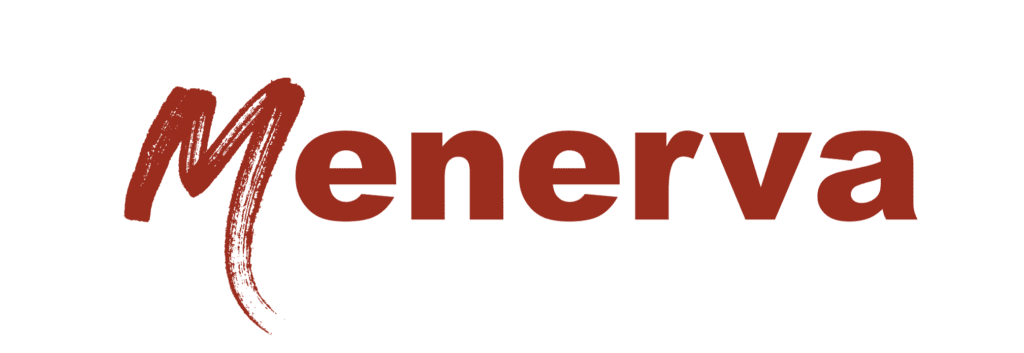1. Optimizing for Size Searches
Consumers typically begin their search for baby and toddler clothing with size in mind, which means your website must be optimized for size-related queries. Here’s how:
-
- Use Detailed Size Guides: Ensure your product pages include clear, comprehensive size guides that are easily accessible. This not only aids in SEO but also improves user experience.
- Incorporate Size Keywords: Include size-related keywords in your product titles, descriptions, and tags. Phrases like “newborn,” “6-9 months,” and “2T” can help your pages rank for specific searches.


2. Targeting Age-Specific Queries
Age is another critical factor in how consumers search for children’s clothing. They search for apparel that’s appropriate for the child’s developmental stage (from newborn through toddler).
-
- Create Age-Specific Categories: Structure your website with clear, age-specific categories or landing pages—music to the ears of search engines—which enables them to understand and rank your content for age-related searches. Check out the example below of how to break out categories by age.

- Highlight Age in Content: Regularly produce content that speaks directly to baby and toddler developmental stages. Blog posts, buying guides, and product recommendations should all include age-specific advice and keywords.
Consider this strategic approach to categorizing your products by age groups:
- Infants (0-12 months): Create a dedicated section for infants, focusing on essential clothing items appropriate for their first year. It is critical to include subcategories like “newborns” for 0-3 months, “young infants” for 3-6 months, and “older infants” for 6-12 months because infants grow frequently and significantly during this stage. So, these subcategories will help parents find exactly what they need for their rapidly growing babies.
- Toddlers (1-3 years): This category should cater to the needs of active toddlers. Break it down into “1 year” for those just entering toddlerhood, “2 years” for children further exploring their world, and “3 years” for those preparing to transition out of toddler sizes. Highlight clothing that supports physical activity and developmental milestones.
- Preschool (3-5 years): While slightly beyond the toddler stage, this is such a helpful category for consumers with preschoolers who have outgrown toddler sizes but still need clothes designed for their playful and active lives. You can base subcategories on age or the child’s needs, such as “playwear,” “preschool ready,” or “outdoor adventure.”
By structuring your categories around these age groups, you’ll not only improve the searchability of your products but also enhance the shopping experience for parents looking for age-appropriate clothing for their children. Keep in mind that these categories can be broken down even further, so instead of 1-3 years, you may offer a 2-3 year option.
3. Catering to Gender-Specific Searches
While many consumers today prefer gender-neutral clothing for their children, many still search for gender-specific items. Optimize your reach by catering to both preferences.
- Offer Gendered and Gender-Neutral Options: Clearly categorize your products into “boys,” “girls,” and “unisex” sections to match search preferences. This also applies to filtering options on your site. You can even take it a step further by using terms like “baby girl clothing” or “baby girl dresses.”
- Use Gender-Specific Keywords Wisely: Incorporate gender-specific keywords where appropriate, but also create content and implement SEO strategies that highlight the benefits and features of gender-neutral clothing.
Taking Action: Harnessing Keywords to Boost Your Children’s Clothing Store
The strategic use of keywords is your bridge to connecting with the right audience. This isn’t just about incorporating popular search terms into your content; it’s about understanding and applying these terms across various elements of your website to enhance discoverability and engagement. Here’s a closer look at how to effectively use keywords related to size, age, and gender in your SEO efforts.
1. Meta Data: Your First SEO Impression. Crafting compelling and keyword-rich title tags and meta descriptions is essential. This metadata not only influences your rankings but also impacts whether potential customers click on your link in search results. For example, a title like “Organic Toddler Clothes for Summer” directly addresses common search queries, making it clear what your page offers.

2. Keyword-optimized URLs: Clean and Descriptive. Your website’s structure is critical to SEO, and URLs are a big part of that. Ensure your URLs are readable and include pertinent keywords, such as www.yourstore.com/baby-clothes/newborn-essentials. This approach helps search engines understand your page content and can improve user experience. For gender-specific URLs, you might do www.yourstore.com/baby-clothes/girl-clothing/rompers
3. Image SEO: Beyond the Visual. Images are not just crucial for showcasing your products; they also offer a valuable SEO opportunity through their filenames and alt text. Naming your images descriptively and including relevant keywords, such as “unisex-toddler-spring-jacket.jpg,” can help your website rank in image searches related to baby and toddler clothing.

4. Content Optimization: Speak Their Language. Incorporate keywords naturally throughout your website’s content, from product descriptions to blog posts. However, it’s not just about sprinkling keywords everywhere—it’s about creating content that answers the questions and meets the needs of consumers shopping for children’s clothing. This might include detailed buying guides, tips for choosing the right sizes, and style advice, all enriched with the keywords they’re searching for.

5. Social Media and External Content: Extend Your Reach. Don’t forget to use targeted keywords in your social media posts and external content, such as guest blogs or articles. These are opportunities to drive additional traffic to your website and improve your site’s authority and relevance for specific search queries.
Integrating these keyword strategies across your website and online content can significantly enhance your children’s clothing store’s visibility and appeal to your target market. Remember, the goal is not only to rank well in search results but to provide a seamless and informative shopping experience that delights your customers.
SEO That Speaks to Parents
SEO professionals in the baby and toddler clothing niche have a unique opportunity to connect with their audience by understanding and responding to how they search. Optimizing for size, age, and gender can increase your site’s visibility and appeal to the consumers who are your potential customers. Remember, the goal is to provide a seamless, informative, and friendly online shopping experience that mirrors the care and attention they invest in choosing clothing for their little ones.
Elevate Your Children’s Clothing Line with Menerva Digital
In the digital marketplace, where countless brands vie for attention, standing out becomes not just a goal but a necessity. This is especially true in the niche of children’s clothing, where parents’ search behaviors are as nuanced as the needs of the children they’re shopping for. Understanding and leveraging these behaviors can significantly impact your brand’s visibility and success. That’s where Menerva Digital’s enterprise SEO services come into play.
We specialize in crafting bespoke SEO strategies that resonate with your target audience—busy, discerning parents looking for the perfect clothing for their babies and toddlers. Our team delves deep into the intricacies of how your customers search by size, age, and gender, ensuring that your products don’t just appear in search results but stand out as the go-to choice for quality and reliability.





